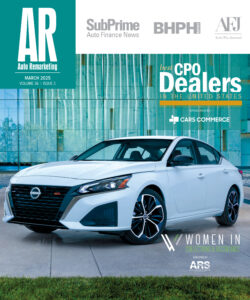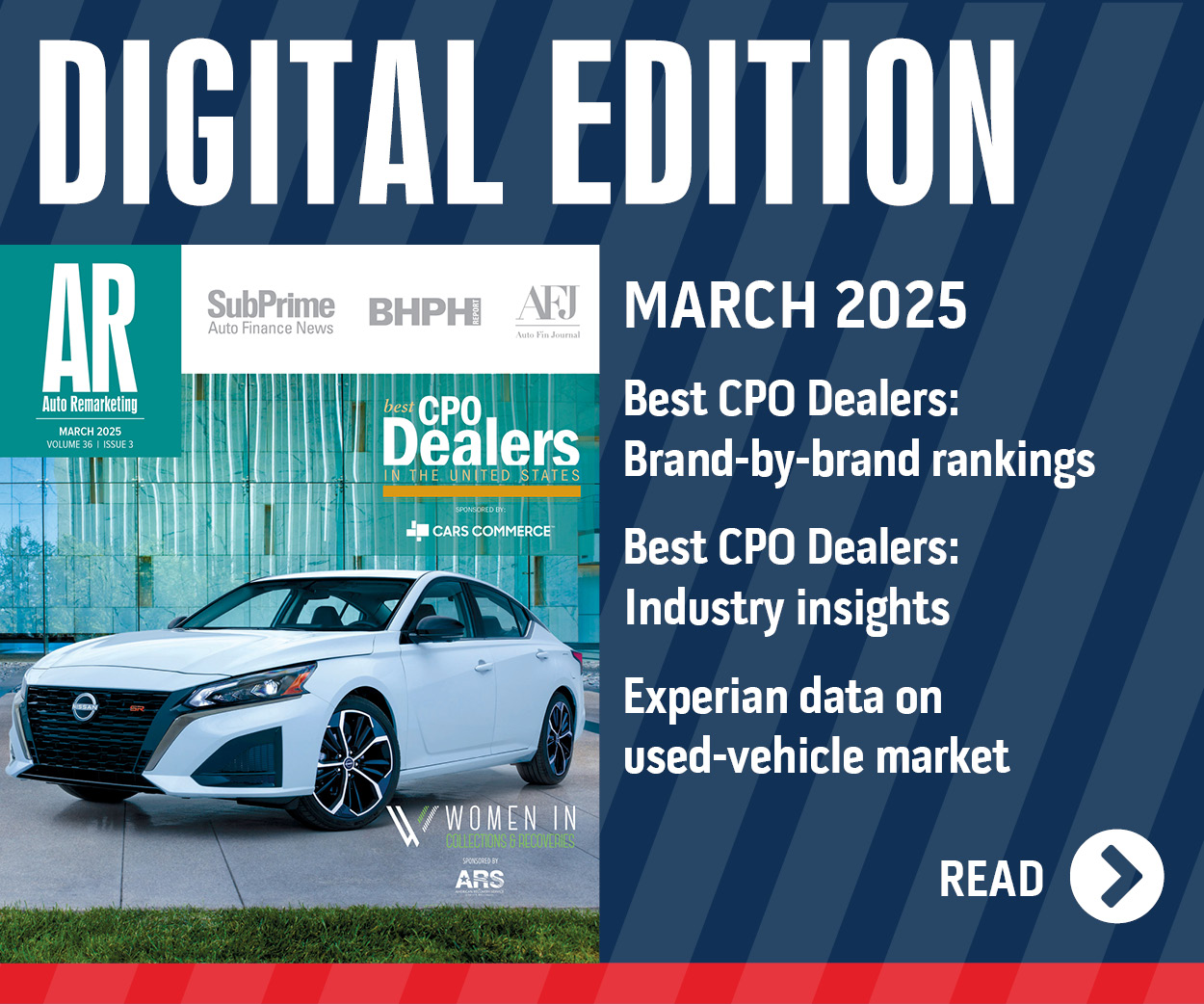J.D. Power Reveals Top Manufacturer Websites

Which brand’s website delivers the best information and provides a consistently satisfying experience across all points of entry? This year, J.D. Power and Associates thinks Honda’s site does the best job. That’s the finding of J.D. Power’s 2011 Manufacturer Website Evaluation Study — Wave 1, which was released Wednesday.
Normal
0
false
false
false
EN-US
X-NONE
X-NONE
/* Style Definitions */
table.MsoNormalTable
{mso-style-name:”Table Normal”;
mso-tstyle-rowband-size:0;
mso-tstyle-colband-size:0;
mso-style-noshow:yes;
mso-style-priority:99;
mso-style-qformat:yes;
mso-style-parent:””;
mso-padding-alt:0in 5.4pt 0in 5.4pt;
mso-para-margin-top:0in;
mso-para-margin-right:0in;
mso-para-margin-bottom:10.0pt;
mso-para-margin-left:0in;
line-height:115%;
mso-pagination:widow-orphan;
font-size:11.0pt;
font-family:”Calibri”,”sans-serif”;
mso-ascii-font-family:Calibri;
mso-ascii-theme-font:minor-latin;
mso-fareast-font-family:”Times New Roman”;
mso-fareast-theme-font:minor-fareast;
mso-hansi-font-family:Calibri;
mso-hansi-theme-font:minor-latin;}
The semiannual study now in its 12th year measures the usefulness of automotive manufacturer websites during the new-vehicle shopping process by examining four key measures: speed, appearance, navigation and information/content.
J.D. Power determined Honda ranked highest with a score of 836 on a 1,000-point scale. Analysts thought Honda’s site performs particularly well in the information/content, navigation and speed measures.
Rounding out the top five automaker websites as ranked by J.D. Power:
—Mazda: 818
—Mini: 815
—Porsche: 814
—Acura: 813
“Certain brands that perform consistently well among users who enter at the home page and through model pages — such as Mini and Porsche — have navigation schemes that remain the same throughout the website,” explained Arianne Walker, director of marketing and media research at J.D. Power.
“This makes it possible for website users to access relevant information from anywhere on the site,” Walker continued. “This certainly reinforces the fact that automotive brand websites need to be intuitive and should reduce the number of clicks it takes for the user to get to their desired destination.”
J.D. Power went on to reveal that the most improved brands in 2011 include Cadillac — which jumped by 15 rank positions — and Porsche — which climbed by 14 rank positions.
According to Walker, much of Cadillac’s improvement in 2011 comes from improved navigation, which was added on top of image and branding updates that were initiated early in 2010. She pointed out Porsche’s improvement from 2010 was primarily due to changes in navigation and design that provide users with clearer, more readable page layouts.
“Whenever a website incorporates image and brand changes, it involves a certain amount of risk; however, taking these risks allows manufacturers and marketers to take advantage of the dynamic, changeable nature of the Internet,” Walker surmised.
“Compared with changing the design of a vehicle model, changing a website provides a relatively low-cost opportunity to experiment, and even allows for reversal of the changes if the experiment doesn’t work,” she went on to say. “However, it’s important to keep in mind that changes should include some reasonable payoff for the website user. In fact, users will be more accepting of experimentation if the payoff is clear to them.”
For the first time since its inception in 2000, J.D. Power’s study examined differences in satisfaction between auto manufacturer website users who entered through the home page and those whose point of entry was a model-level page. The firm discovered that, overall, website users who accessed a website through a model page are significantly more satisfied with their experience than those who entered through the home page.
Walker also insisted websites that achieve the highest levels of overall satisfaction and usability perform consistently well among both sets of shoppers.
In contrast, for some of the lowest-performing websites, J.D. Power noticed significant gaps in satisfaction between users who entered the site through the home page and those who gained entry through a model page.
“Websites that are ranked as being the least useful or satisfying tend to have home pages that offer very little model-level information, if any, as well as cumbersome or inconsistent navigation,” Walker indicated.
“Closing the gap between users who enter via the home page and those who use the model page is essential to creating a useful and satisfying experience for the consumer,” she added. “From whichever point they enter a site, users should have an equally satisfying experience.”
J.D. Power reiterated that its 2011 Manufacturer Website Evaluation Study — Wave 1 is based on evaluations from more than 10,200 new-vehicle shoppers who indicate they will be in the market for a new vehicle within the next 24 months. The study was fielded in November of last year.
| Manufacturer |
Score |
| Honda | 836 |
| Mazda | 818 |
| Mini | 815 |
| Porsche | 814 |
| Acura | 813 |
| Ford | 810 |
| Mercedes-Benz | 805 |
| Nissan | 804 |
| Hyundai | 803 |
| Mitsubishi | 803 |
| Infiniti | 802 |
| Kia | 802 |
| BMW | 798 |
| Lexus | 798 |
| Lincoln | 795 |
| Dodge | 792 |
| Land Rover | 791 |
| Cadillac | 787 |
| Industry Average |
784 |
| Toyota | 783 |
| Chevrolet | 779 |
| GMC | 779 |
| Buick | 778 |
| Jeep | 776 |
| Volvo | 776 |
| Suzuki | 775 |
| Chrysler | 773 |
| Subaru | 764 |
| Mercury | 757 |
| Audi | 740 |
| smart | 739 |
| Jaguar | 737 |
| Volkswagen | 735 |
| Scion | 695 |

 View The Latest Edition
View The Latest Edition

